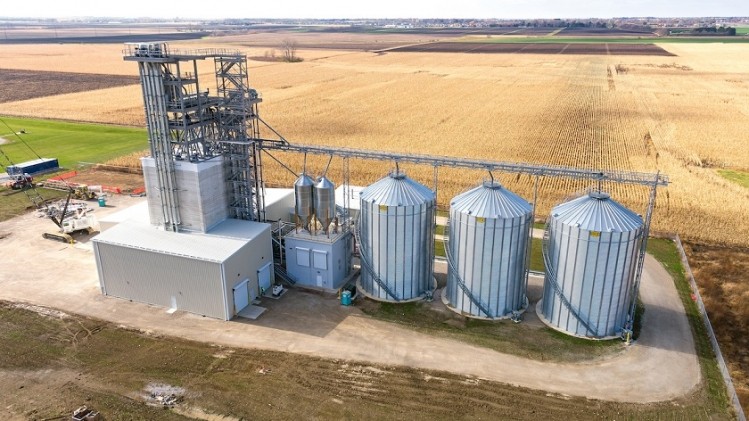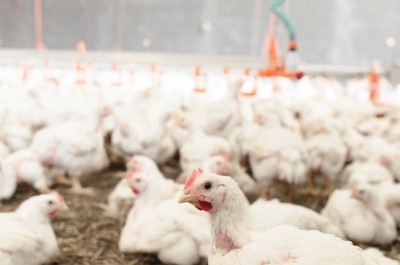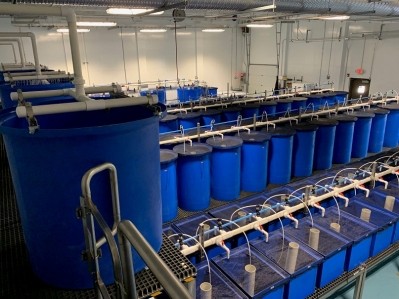New $20m feed technology facility: ‘Production efficiency is a big area for us’

“This facility creates lots of opportunities for our faculty to engage with the industry to find solutions to ‘big’ problems,” Rodney Johnson, Professor and Head, Department of Animal Sciences at the University of Illinois at Urbana-Champaign, told FeedNavigator.
One such ‘big problem’ is meeting growing demand for animal protein, Johnson said.
“Demand for animal protein is expected to increase significantly in the next 20-30 years. One way the feed industry can meet this demand is to become more efficient and provide animals with a diet that is more closely aligned to their needs, thereby producing animal protein with less input. Production efficiency is a very big area for us.”
To support the feed industry’s drive to make animal diets more efficient, the new Feed Technology Center is a digitally connected facility with modern equipment that allows for precise diet formulations. It has full ingredient processing capabilities, including grinding, pre-mixing, mixing, pelleting, crumbling, bagging and a standalone extrusion line as well as an inline near infrared (NIR) system.
Analyzing nutrient content in real time
Johnson said that the NIR system will enable the nutrient content of different ingredients to be assessed in real time, facilitating the development of diets that are more closely aligned with an animal’s needs.
“Not every batch of soybean meal is the same - there is some variability in protein levels. Therefore the current practice is to over-formulate and put more protein into the diet than you need so you are not shortchanging the animals. If we can develop an approach using this system that allows us to assess the protein levels in soybean meal in real time, we can more precisely meet the nutritional requirements of the animal for maximum growth and efficiency,” said Johnson.
As well as housing production equipment, the facility has storage for up to 300,000 bushels of grain. This means that grain no longer has to be processed and stored at an external feed mill, and that researchers no longer have to contend with variability in grain quality when preparing experimental diets, said Johnson.
The 12,000 sq ft facility has replaced a “badly outdated” feed mill that was constructed in the 1920s and was limiting what the faculty could offer in terms of outreach activities and academic programs, said Johnson.
“We were eager to build a new facility – it is something our department has been talking about for the last 25 years – but it has taken some time to get the funding together and make it happen,” he said.
Public-private partnership
More than 20 companies, commodity groups and private individuals donated funds or equipment to the project as part of a public-private funding model, with Alltech, ADM and Cargill among the corporate donors.
“The companies, organizations and individuals supporting the project partnered with us to continue the university’s preeminence in animal nutrition and feed manufacturing. This facility and ongoing partnerships will move the entire industry forward,” said Kimberly Meenen, assistant dean for advancement in the College of Agricultural, Consumer and Environmental Sciences.
Johnson added that these organizations seem keen to tap into the talent pipeline that is being fostered by the facility.
“I think what we are also learning is that the industry has a strong interest in creating a talent pipeline of students who graduate from our program with experience of working in a feed mill and are therefore ready to step into a career in that field. So one of the things we are working on is developing new courses to leverage that ability,” said Johnson.








